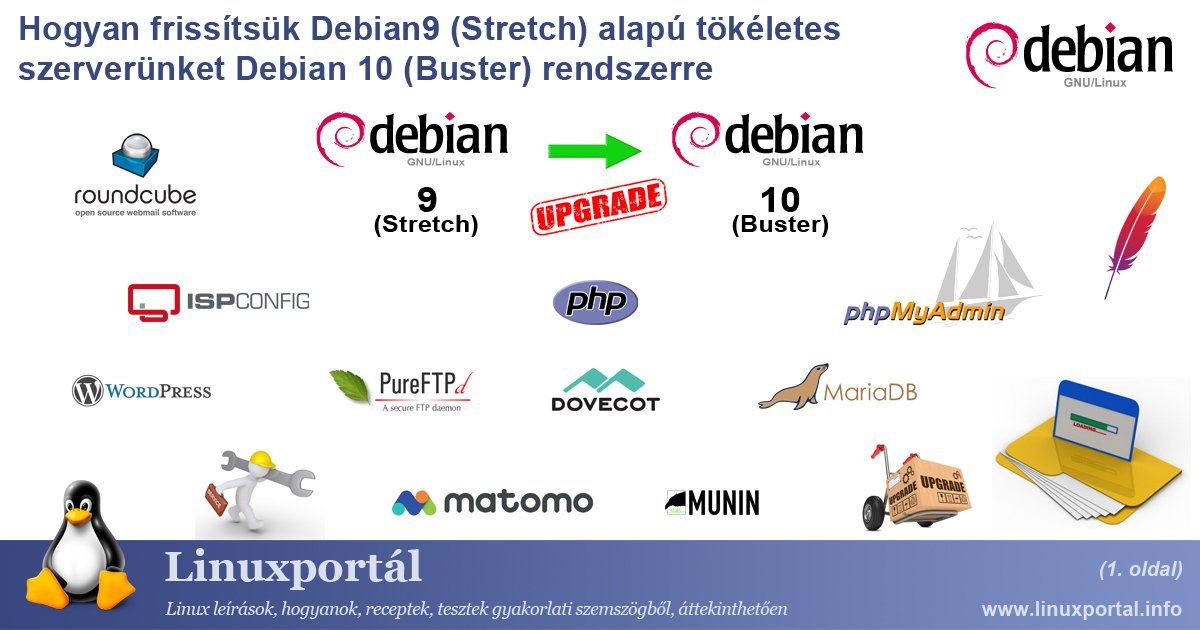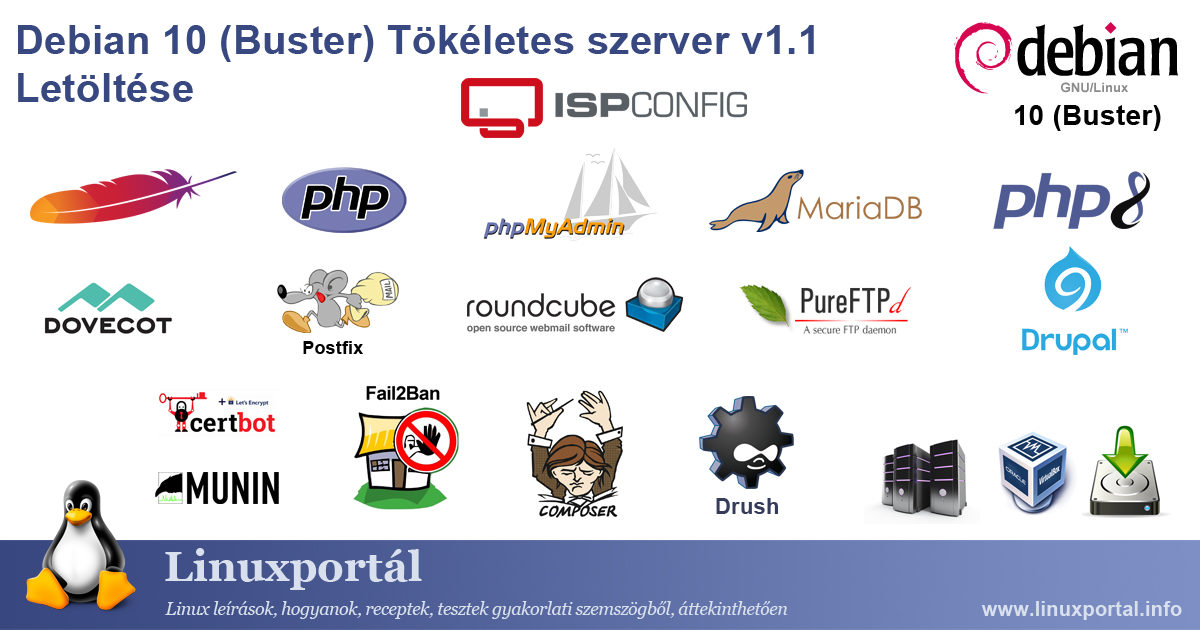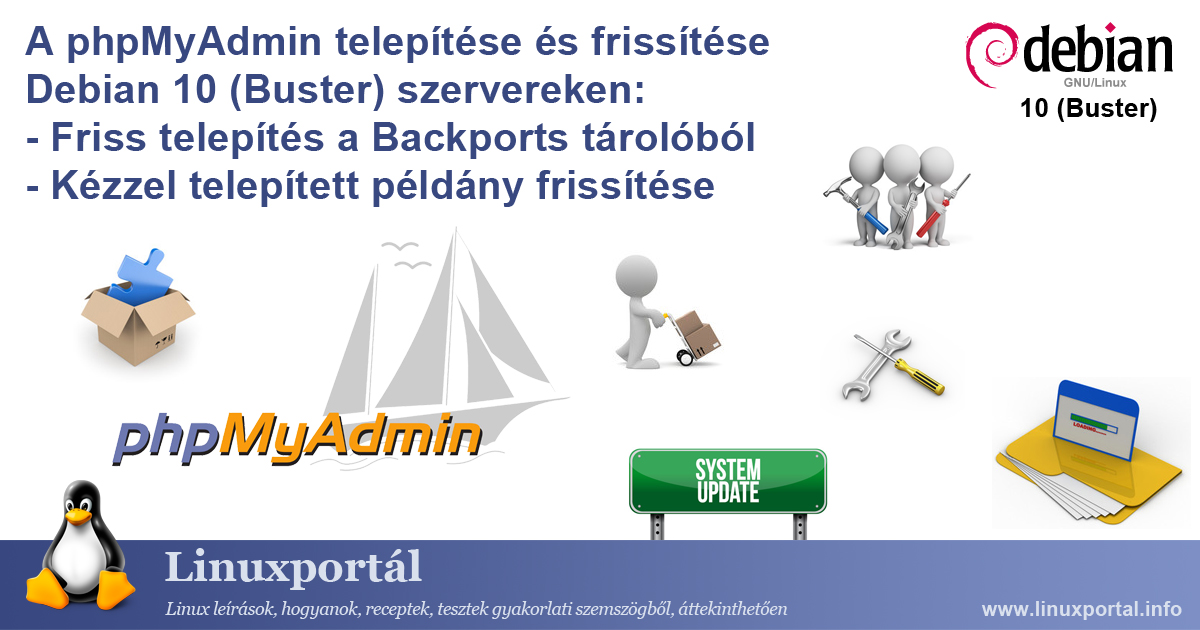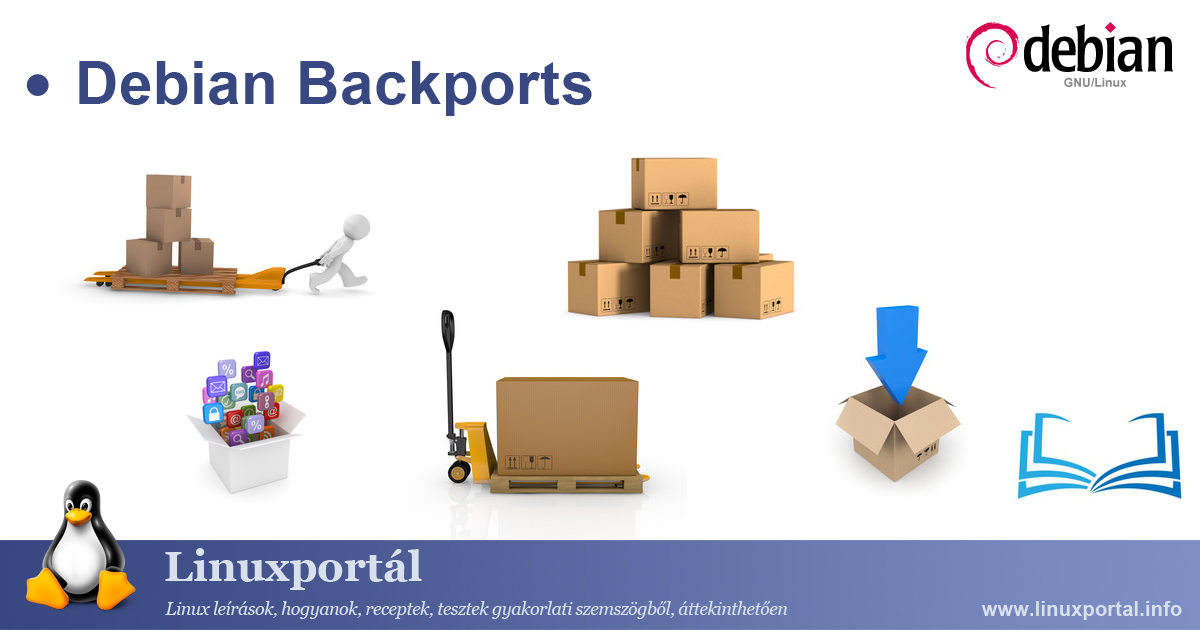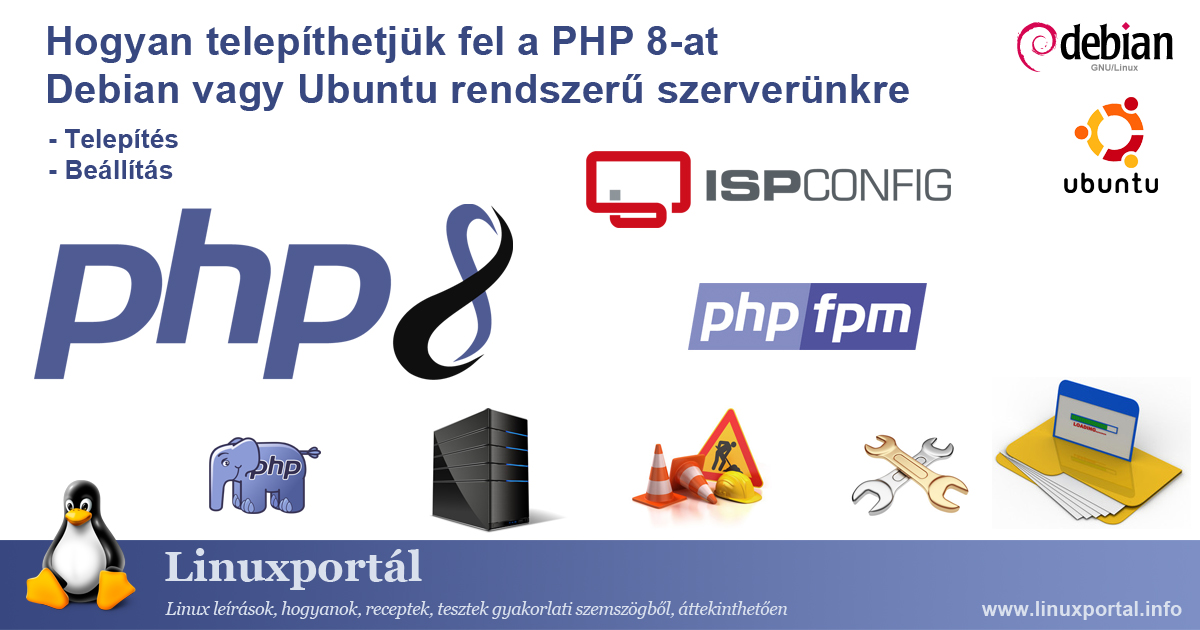Debian 11 (Bullseye) was released on August 2021, 14, and it still contains a number of new features. In this article we will look at what these new things are, as you know more about the latest release of Debian.
How to upgrade your perfect Debian9 (Stretch) server to Debian 10 (Buster) (page 3)
The operating system running on our Debian-based web servers will become obsolete over time, so over time it will be necessary to completely upgrade the distribution. In this description, we will perform a complete upgrade of a Debian 9 (Stretch) web server to Debian 10 (Buster). There are many services on the server that will also be updated. On the third page of the description, we will perform the post-upgrade tasks, during which we will check the entire system and the services running on it.



